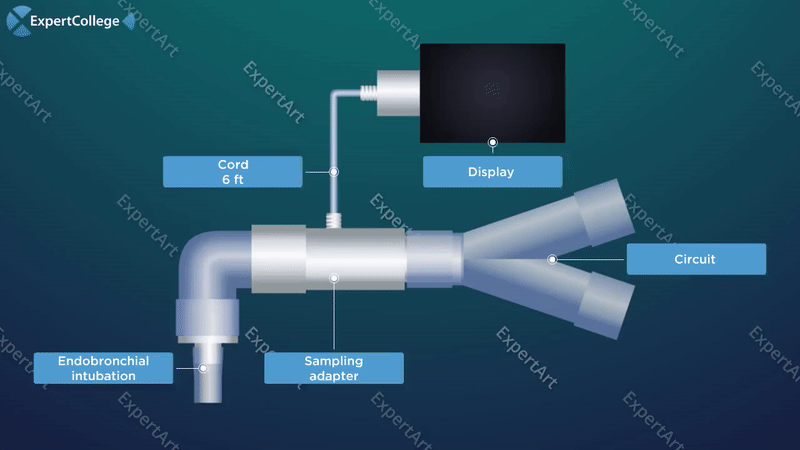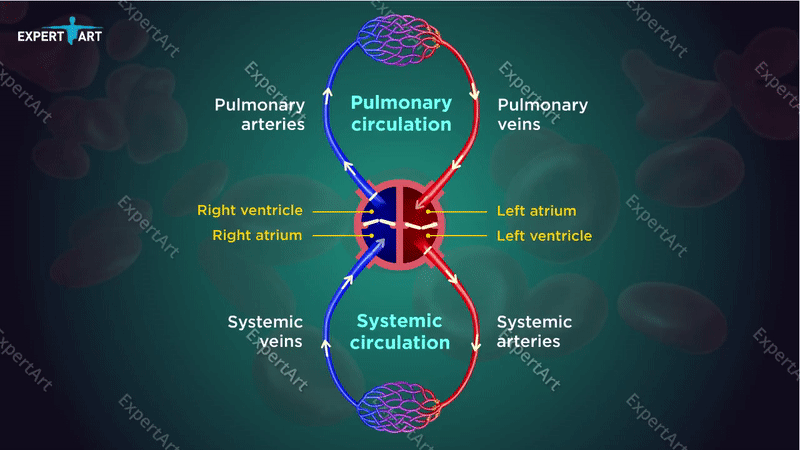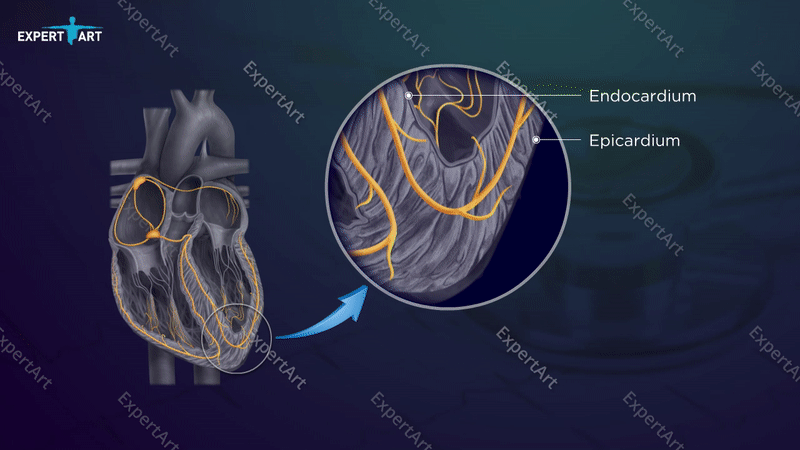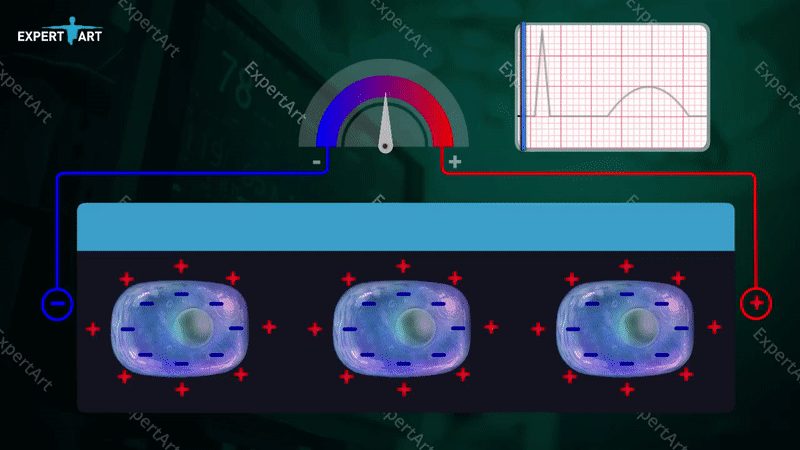
Sidestream Capnography
In a mainstream capnograph, the CO2 sensor is located between the endotracheal tube and the breathing circuit. In a sidestream capnograph, the sensor is located in the main unit and away from the airway. Between the endotracheal tube and the breathing circuit sits a sampling...




